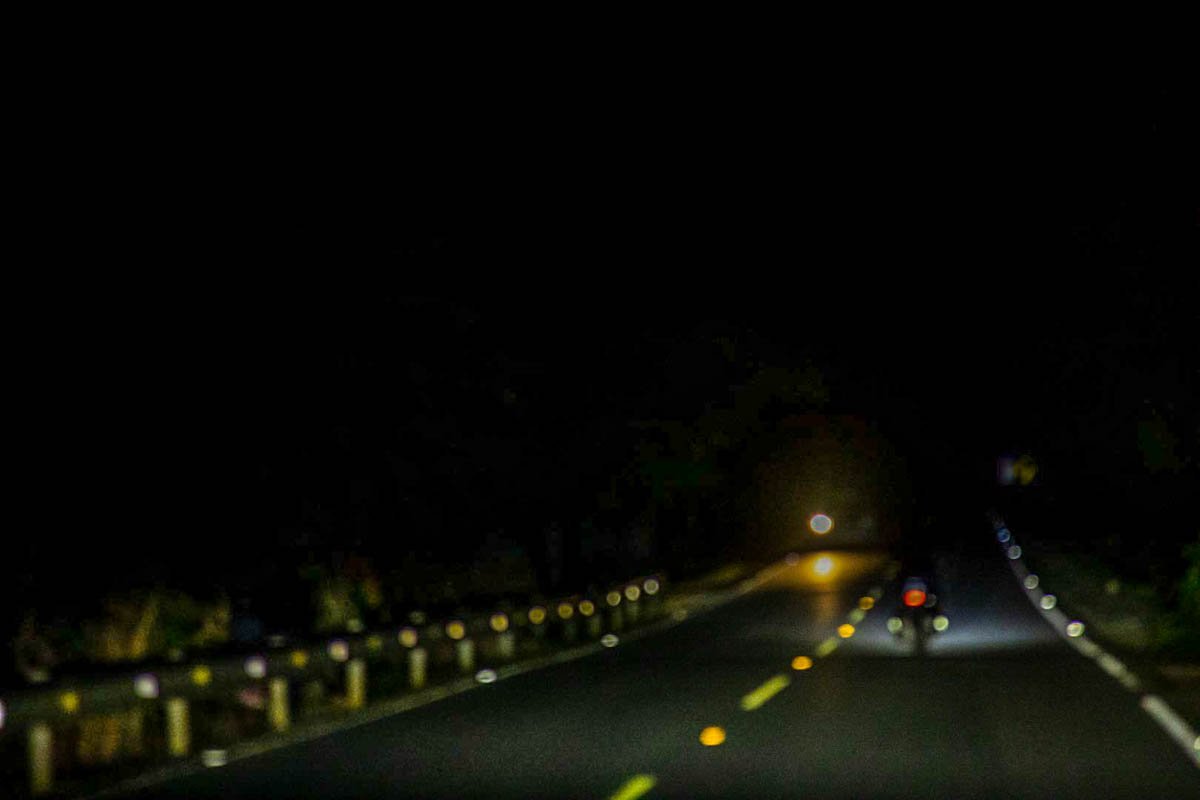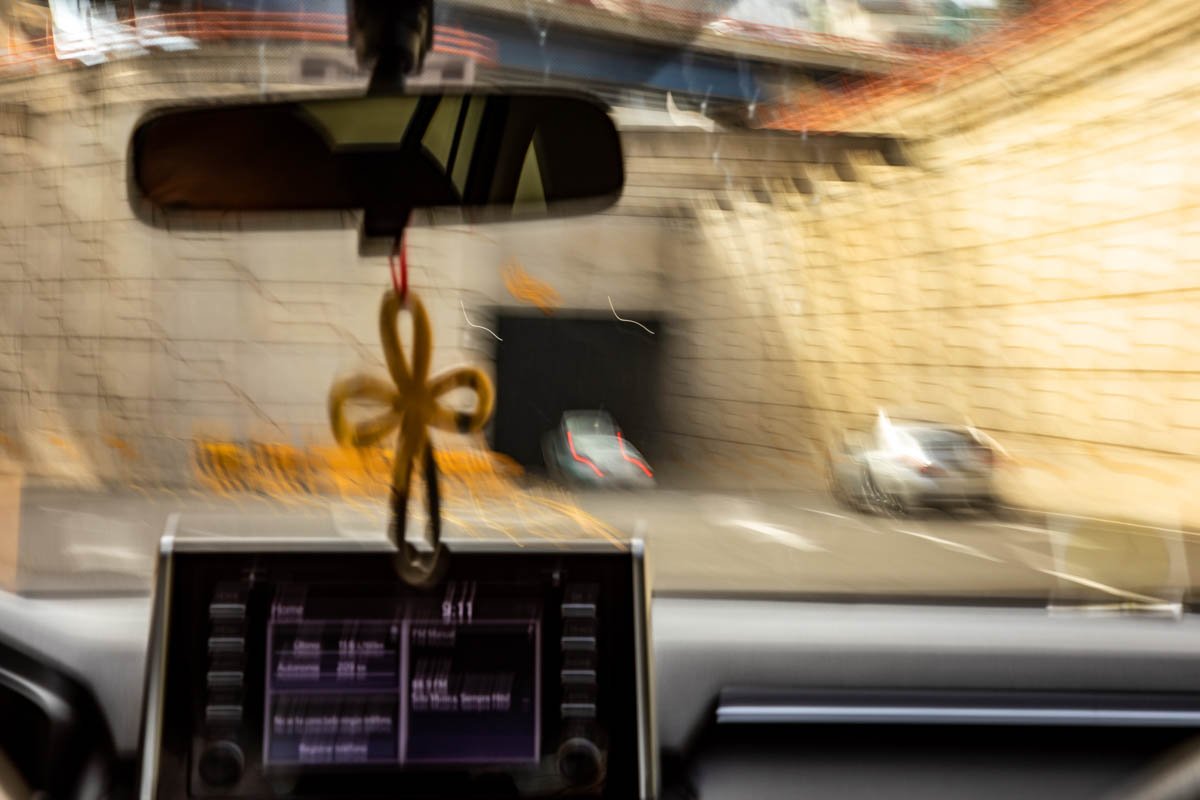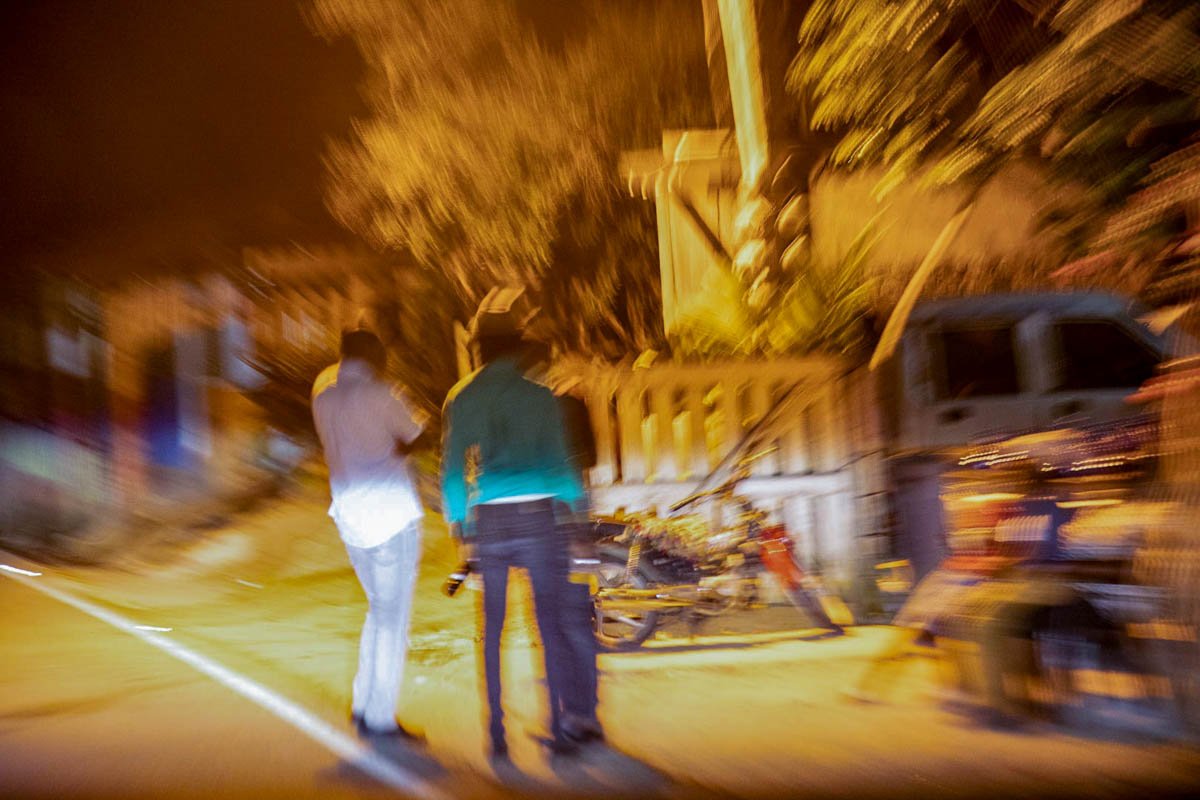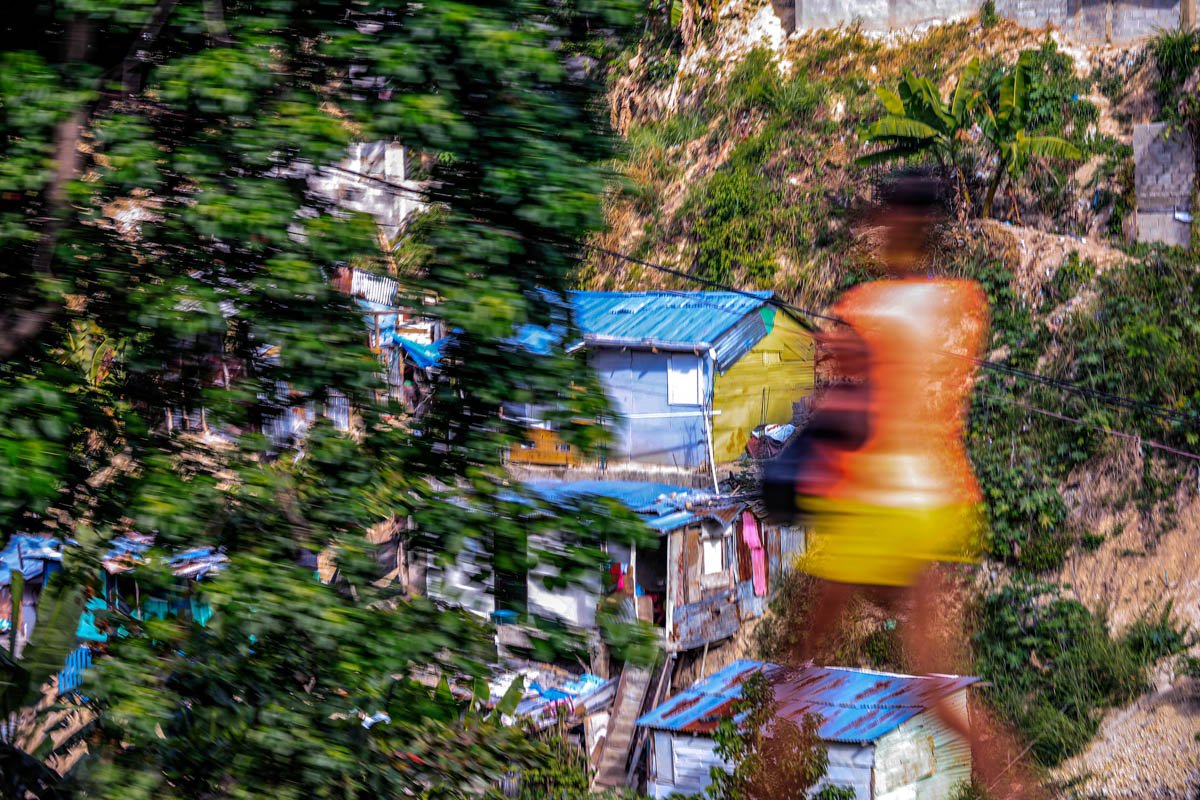 Image 1 of 60
Image 1 of 60

 Image 2 of 60
Image 2 of 60

 Image 3 of 60
Image 3 of 60

 Image 4 of 60
Image 4 of 60

 Image 5 of 60
Image 5 of 60

 Image 6 of 60
Image 6 of 60

 Image 7 of 60
Image 7 of 60

 Image 8 of 60
Image 8 of 60

 Image 9 of 60
Image 9 of 60

 Image 10 of 60
Image 10 of 60

 Image 11 of 60
Image 11 of 60

 Image 12 of 60
Image 12 of 60

 Image 13 of 60
Image 13 of 60

 Image 14 of 60
Image 14 of 60

 Image 15 of 60
Image 15 of 60

 Image 16 of 60
Image 16 of 60

 Image 17 of 60
Image 17 of 60

 Image 18 of 60
Image 18 of 60

 Image 19 of 60
Image 19 of 60

 Image 20 of 60
Image 20 of 60

 Image 21 of 60
Image 21 of 60

 Image 22 of 60
Image 22 of 60

 Image 23 of 60
Image 23 of 60

 Image 24 of 60
Image 24 of 60

 Image 25 of 60
Image 25 of 60

 Image 26 of 60
Image 26 of 60

 Image 27 of 60
Image 27 of 60

 Image 28 of 60
Image 28 of 60

 Image 29 of 60
Image 29 of 60

 Image 30 of 60
Image 30 of 60

 Image 31 of 60
Image 31 of 60

 Image 32 of 60
Image 32 of 60

 Image 33 of 60
Image 33 of 60

 Image 34 of 60
Image 34 of 60

 Image 35 of 60
Image 35 of 60

 Image 36 of 60
Image 36 of 60

 Image 37 of 60
Image 37 of 60

 Image 38 of 60
Image 38 of 60

 Image 39 of 60
Image 39 of 60

 Image 40 of 60
Image 40 of 60

 Image 41 of 60
Image 41 of 60

 Image 42 of 60
Image 42 of 60

 Image 43 of 60
Image 43 of 60

 Image 44 of 60
Image 44 of 60

 Image 45 of 60
Image 45 of 60

 Image 46 of 60
Image 46 of 60

 Image 47 of 60
Image 47 of 60

 Image 48 of 60
Image 48 of 60

 Image 49 of 60
Image 49 of 60

 Image 50 of 60
Image 50 of 60

 Image 51 of 60
Image 51 of 60

 Image 52 of 60
Image 52 of 60

 Image 53 of 60
Image 53 of 60

 Image 54 of 60
Image 54 of 60

 Image 55 of 60
Image 55 of 60

 Image 56 of 60
Image 56 of 60

 Image 57 of 60
Image 57 of 60

 Image 58 of 60
Image 58 of 60

 Image 59 of 60
Image 59 of 60

 Image 60 of 60
Image 60 of 60





























































Series: Fugacious
In this photographic series, memory-space-time interrelationships are explored from the experience of a restless mind attempting to find a way to stop its accelerated rhythm by freezing a fleeting moment.
The displaced images exhibit a conception of the landscape in its representation of society, expressed without any documentary pretensions and as a result of the transience of the gaze. Those moments are captured by a moving camera that uses the road as a reticular communicating vessel between these very diverse local realities.
Using these concepts, I show the incompatibility between the observer and the observed, which often seems to respond to a different chronology, as memory does with the temporal reality that we experience. As a result, our eyes are registering fragments of stories that quickly fade and, consequently, they fail to fixate on our memory.
These images are the testimony of an ungraspable reality that dissapears in front of our eyes.
Mary Frances Attías
In this photographic series, memory-space-time interrelationships are explored from the experience of a restless mind attempting to find a way to stop its accelerated rhythm by freezing a fleeting moment.
The displaced images exhibit a conception of the landscape in its representation of society, expressed without any documentary pretensions and as a result of the transience of the gaze. Those moments are captured by a moving camera that uses the road as a reticular communicating vessel between these very diverse local realities.
Using these concepts, I show the incompatibility between the observer and the observed, which often seems to respond to a different chronology, as memory does with the temporal reality that we experience. As a result, our eyes are registering fragments of stories that quickly fade and, consequently, they fail to fixate on our memory.
These images are the testimony of an ungraspable reality that dissapears in front of our eyes.
Mary Frances Attías

